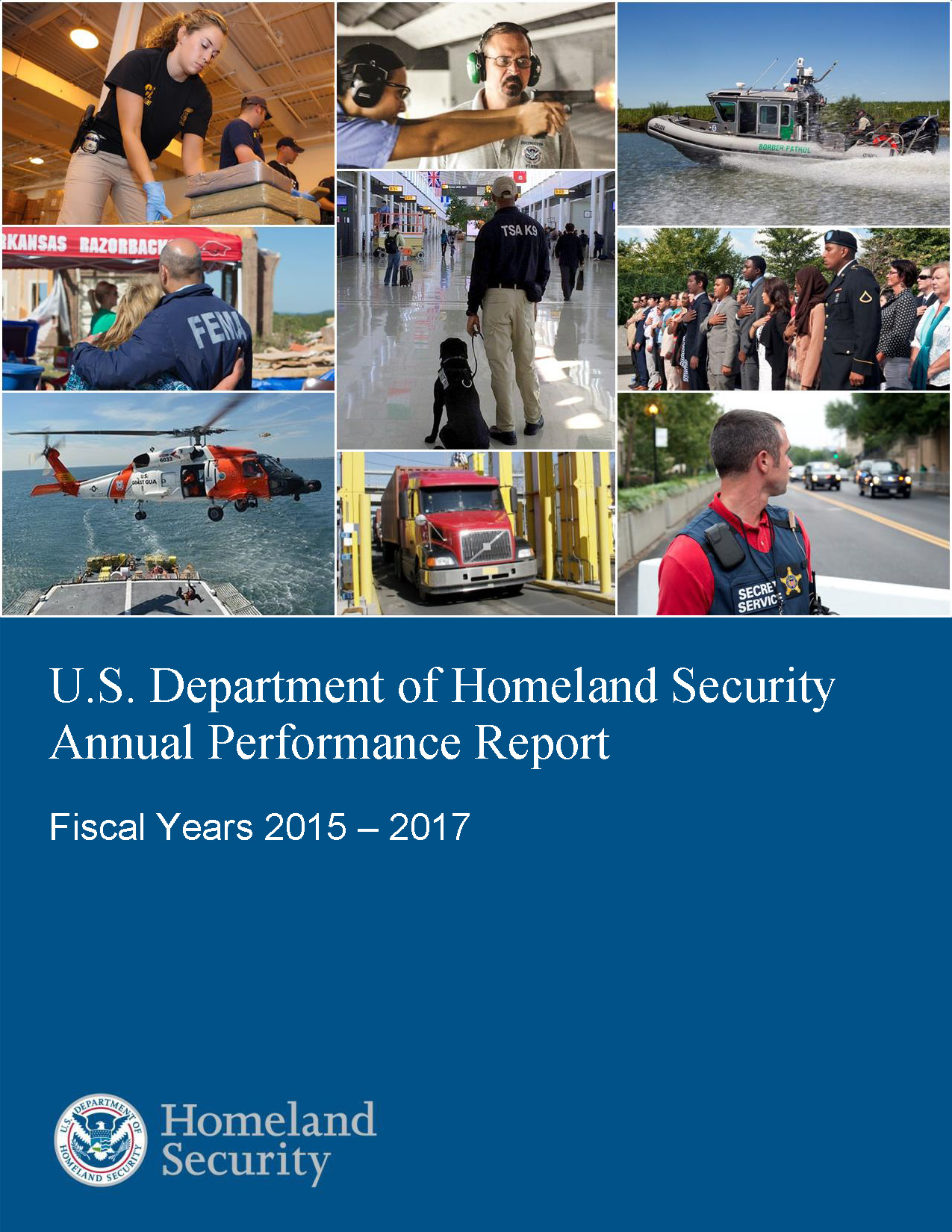- Home
- Agencies
- Department of Agriculture
- Department of Housing and Urban Development
- General Services Administration
- Department of Commerce
- Department of the Interior
- National Aeronautics and Space Administration
- Department of Defense
- Department of Justice
- National Science Foundation
- Department of Education
- Department of Labor
- Office of Personnel Management
- Department of Energy
- Department of State
- Small Business Administration
- Environmental Protection Agency
- Department of Transportation
- Social Security Administration
- Department of Health and Human Services
- Department of the Treasury
- U.S. Agency for International Development
- Department of Homeland Security
- Department of Veterans Affairs
- Goals
- Initiatives
- Programs
Primary tabs
Key to Changes
This text is Revised text
This word has been added to the text
This text is Last Published text
This word has been removed from the text
Modifed styling with no visual changes
Strategic Objective
Goal 3.2: Prevent Unlawful Immigration
Strategic Objective
Overview
The increased movement of people and goods across our borders provides many opportunities but also provides more places for illegal goods, unauthorized migrants, and threats to hide. Unauthorized migration is influenced by many factors, including weak rule of law and violence in sending countries. In addition, violent extremists and criminals can hide within this larger flow of migrants who intend no harm.
We will pursue the following strategies to prevent unlawful immigration:
- Prevent unlawful entry, strengthen enforcement, and reduce drivers of unlawful immigration by: 1) increasing situational awareness of our borders; 2) ensuring that only those abroad who are eligible receive travel documents to the United States; and 3) identifying and removing criminal aliens, individuals who pose a threat to public safety, health, or national security, repeat immigration law violators, and other individuals prioritized for removal. We also reduce the demand for illegal immigrants by conducting inspections, audits, and investigations of employers who hire illegal immigrants and administering tools such as E-Verify to facilitate employers’ ability to hire eligible workers in compliance with immigration laws.
- Arrest, detain, and remove criminals, fugitives, and other dangerous foreign nationals by leveraging federal information sharing and state, local, and federal criminal justice systems to take enforcement action based on priorities with regard to criminal aliens, and working with the Department of Justice to ensure more timely hearing of immigration cases and appeals.
Progress Update
To prevent unlawful immigration, enforcement activities must address conditions and factors that create incentives for those illegally entering and staying within the United States. Enforcement efforts must also prioritize the identification and removal of dangerous foreign nationals who threaten our national security or the safety of our communities and must include safe and humane detention conditions and respect for due process and civil rights as accorded by law.
DHS efforts to prevent unlawful immigration continue to show encouraging signs of progress. Led by U.S. Immigration and Customs Enforcement, criminal alien removals as a percent of overall removals continues to improve and is approaching 60 percent—increasing public safety and demonstrating the Department’s focus on prioritizing enforcement efforts. In addition, for those aliens entering the detention system, the average length of stay and the average cost of detention are meeting targets.
A strong driver of unlawful immigration is the opportunity for employment. U.S. Citizenship and Immigration Services has enrolled more than 500,000 employers in the E-Verify program.
E-Verify helps deter those not authorized to work in the United States as employers are able to verify employment eligibility. This success is supported by a reduction in the percent of potential fraud findings during site visits.
While there are unique risks, challenges, and opportunities facing each individual component, the potential for Comprehensive Immigration Reform poses the most uncertainty to future operations, quality control, workload management, and system load capabilities. Going forward, DHS will focus on continuous improvement to mitigate these potential challenges and to ensure lasting success. Each contributing program has identified critical action items to address improvements to existing systems, implementation of new programs, or execution of existing strategic plans. In addition, securing access to information and ensuring information availability to decision makers is critical among all DHS Components.
Overall Assessment: Performance for this goal is satisfactory. No specific actions regarding changes to policy, regulations, or budget were identified in the review. The strategic review highlighted activities associated with implementation strategies, process improvement, systems improvements, reaction to legislation, and information sharing that will continue to advance progress on this goal.









